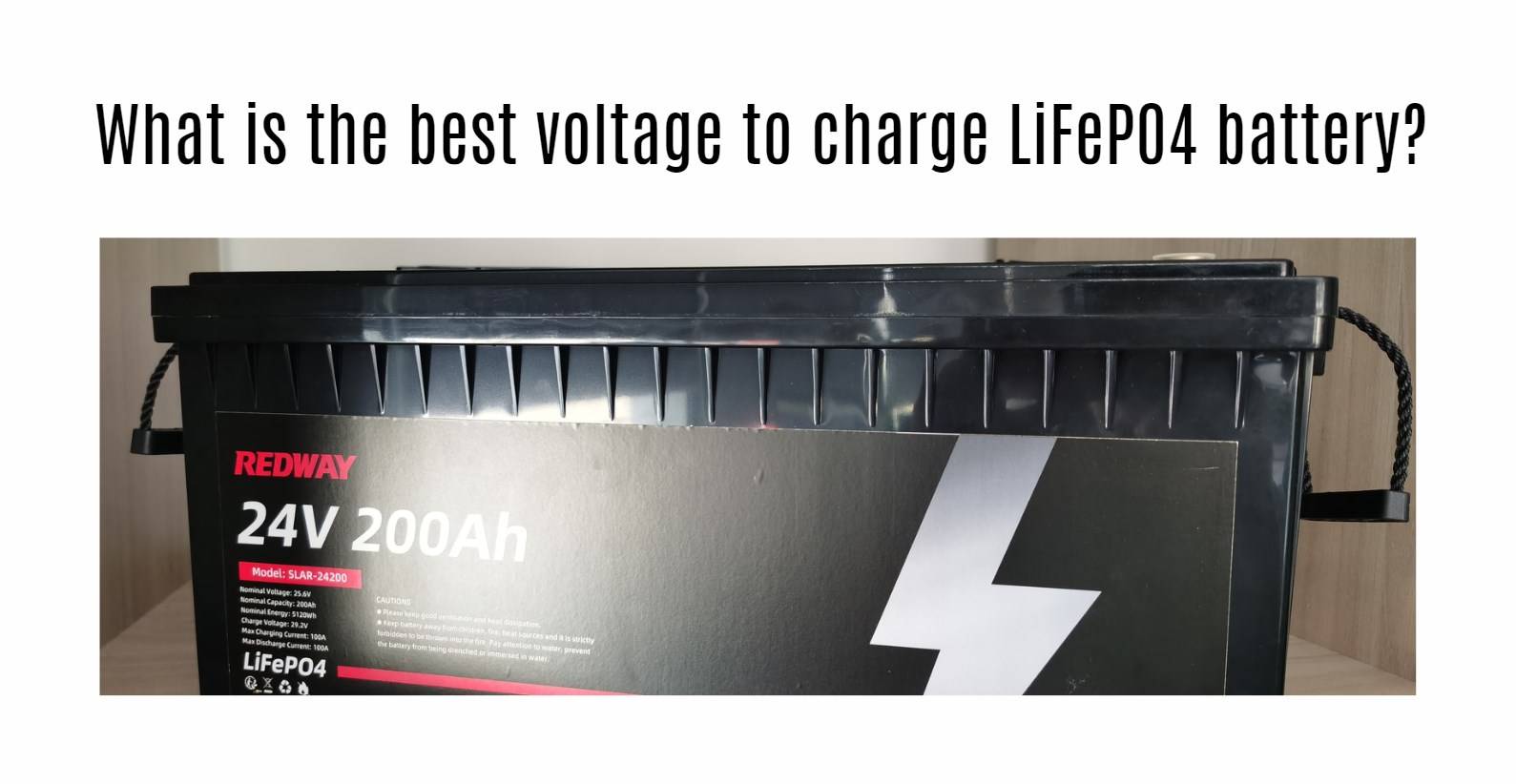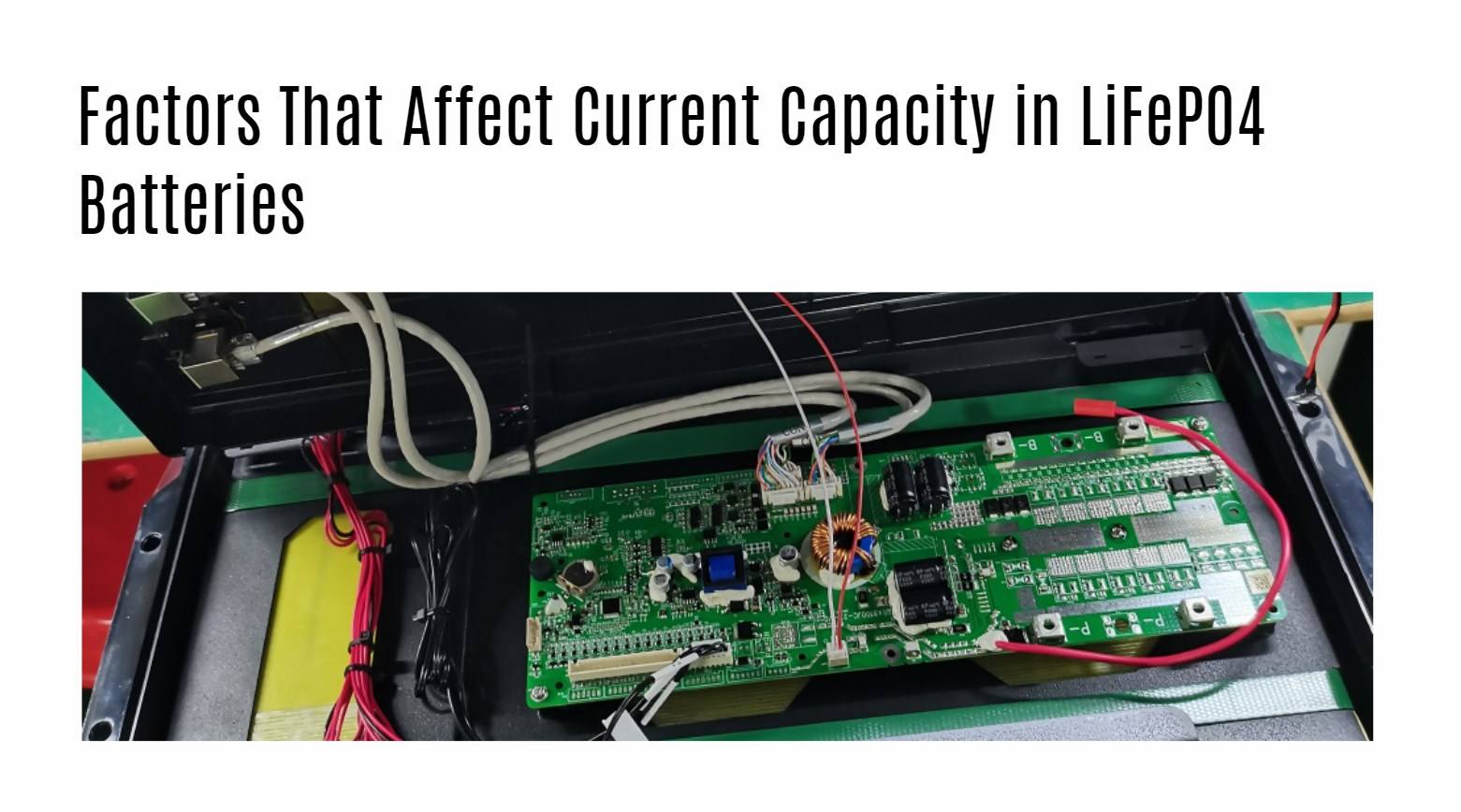The best voltage to charge a
LiFePO4 battery typically falls between
3.2V and 3.65V per cell, with most applications recommending a maximum charging voltage of
3.65V to ensure optimal performance and longevity. Understanding these parameters is crucial for maintaining battery health and avoiding damage.
What Is the Ideal Charging Voltage for LiFePO4 Batteries?
The ideal charging voltage for a
LiFePO4 battery is usually set between
3.5V and 3.65V per cell during the bulk charging phase. This range allows for efficient energy transfer without risking overcharging, which can lead to overheating or reduced battery life.
Ideal Charging Voltage Overview
| Condition | Voltage (V) |
|---|
| Bulk Charging | 3.5 – 3.65 |
| Float Charging | 3.2 – 3.3 |
How Does Overcharging Affect LiFePO4 Battery Performance?
Overcharging a
LiFePO4 battery can have serious consequences:
- It can cause excessive heat buildup, leading to thermal runaway.
- Over time, it degrades the battery’s internal components, reducing its capacity and lifespan.
- Safety risks increase significantly with prolonged overcharging.
Overcharging Effects
| Effect | Description |
|---|
| Heat Buildup | Risk of thermal runaway |
| Capacity Loss | Permanent degradation of internal components |
| Safety Risks | Increased likelihood of failure or fire |
What Are the Recommended Charging Parameters?
The recommended charging parameters for
LiFePO4 batteries include:
- Charging Voltage: Maintain between 3.5V and 3.65V per cell.
- Charging Current: Typically set at 0.5C to 1C, where C is the capacity of the battery.
- Temperature Monitoring: Ensure that charging occurs within an optimal temperature range (generally between 0°C and 45°C) to avoid performance issues.
Charging Parameters Overview
| Parameter | Recommended Value |
|---|
| Charging Voltage | 3.5 – 3.65 V per cell |
| Charging Current | 0.5C – 1C |
| Optimal Temperature | 0°C – 45°C |
How to Charge a LiFePO4 Battery Correctly?
To charge a
LiFePO4 battery correctly:
- Use a charger specifically designed for lithium batteries that adheres to the recommended voltage limits.
- Monitor voltage levels throughout the charging process.
- Avoid charging in extreme temperatures, as this can affect performance.
Charging Procedure Overview
| Step | Description |
|---|
| Use Appropriate Charger | Ensure compatibility with lithium technology |
| Monitor Voltage | Regularly check throughout charging |
| Avoid Extremes | Keep within recommended temperature ranges |
What Are the Risks of Charging Outside Recommended Voltages?
Charging outside of recommended voltages poses several risks:
- Undercharging can lead to sulfation in lead-acid batteries or reduced capacity in lithium types.
- Overcharging can result in overheating, gas release, and potential fire hazards.
- Both scenarios can significantly shorten battery lifespan.
Risks Overview
| Risk | Description |
|---|
| Undercharging | Leads to sulfation or capacity loss |
| Overcharging | Causes overheating and potential hazards |
Expert Views
“Understanding how to properly charge your
LiFePO4 battery is essential for optimizing its performance and safety,” states energy consultant Dr. Lisa Green. “By adhering to recommended voltage levels and using appropriate chargers, users can significantly extend their battery’s lifespan.”
FAQ Section
- Can I charge my LiFePO4 battery with a regular charger?
No, it is essential to use a charger designed specifically for lithium batteries. - What should I do if my battery overheats during charging?
Stop charging immediately and allow it to cool down; inspect for damage afterward. - Is it safe to charge my battery overnight?
Yes, but ensure you use a smart charger that prevents overcharging.







